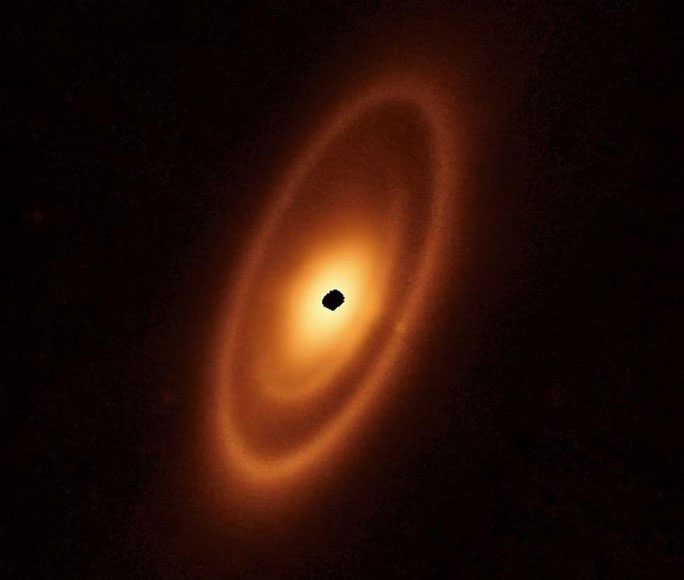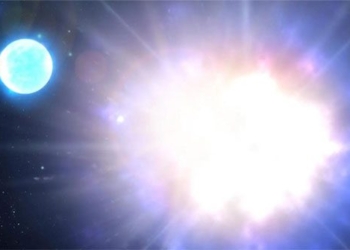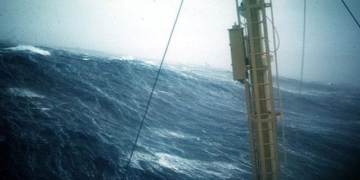Special structures surrounding Fomalhaut, one of the brightest stars visible from Earth, have just been revealed by the James Webb Space Telescope.
According to Reuters, on May 8, a research team led by astronomer Andras Gaspar from the University of Arizona announced the discovery of three belts and an intriguing gap around the star Fomalhaut, located in the vicinity of the Milky Way.
The three large, concentric belts provide the clearest view to date of the structures of star systems outside our Solar System.

Fomalhaut and its three material belts – (Image: NASA/ESA/CSA).
Fomalhaut is one of the brightest stars in the Earth’s sky and is the brightest in the constellation Piscis Austrinus. It is located 25 light-years from Earth, and calculations indicate that its actual brightness is 16 times that of our Sun.
Due to its brightness and being one of the closest stars to Earth, the first debris ring of Fomalhaut was observed in 1983.
However, the “all-seeing eye” of the most advanced telescope in the world, the James Webb, has revealed two additional belts closer to the star, which were obscured by starlight when observed with other instruments.
According to a publication in Nature Astronomy, these three belts may contain small planets, which in the early history of star systems, including our Solar System, combined to form planets as we know them today. They also consist of smaller objects such as asteroids and comets.
These three belts interlock, expanding to a diameter of up to 23 billion kilometers, roughly 150 astronomical units (AU, the distance from the Sun to Earth).
Although no planets have been confirmed around Fomalhaut, researchers suspect that the belts were created by the gravitational influence of young planets.
Our Solar System also has two such belts, including the asteroid belt between the orbits of Mars and Jupiter, as well as the outer Kuiper belt, home to the “ice giant” Neptune.
The gravitational influence of the massive Jupiter has shaped and defined the main asteroid belt, while Neptune has formed the remaining structures.
Therefore, scientists believe that a significant, clear gap they observed between the belts is a strong indication of another “ice giant” in the Fomalhaut system.
Fomalhaut is a young star, only 440 million years old, which is less than 1/10th the age of the Sun, meaning its planets are also relatively young, having formed not long ago. However, it is a “short-lived” star that may have already completed half of its life cycle.
The findings were made using the Mid-Infrared Instrument (MIRI) of the James Webb, which can detect warmer material belts compared to the colder ones seen by other telescopes. The James Webb is currently the most powerful space telescope, developed and operated primarily by NASA.
This new discovery from the James Webb provides further insights into how a star system is forming, with the first planets beginning to take shape, aligning with previous model studies on how the Solar System, including Earth, came into being.





















































